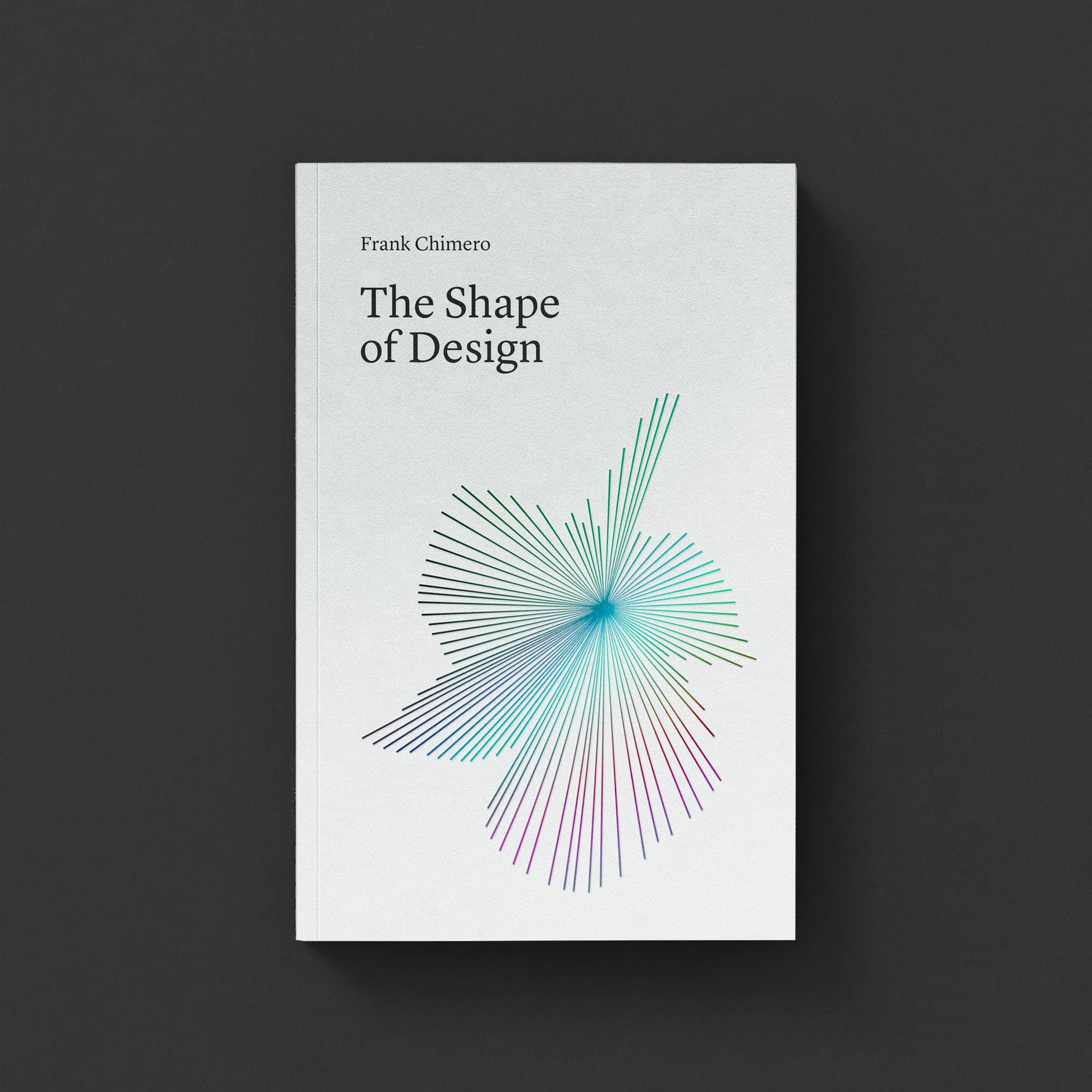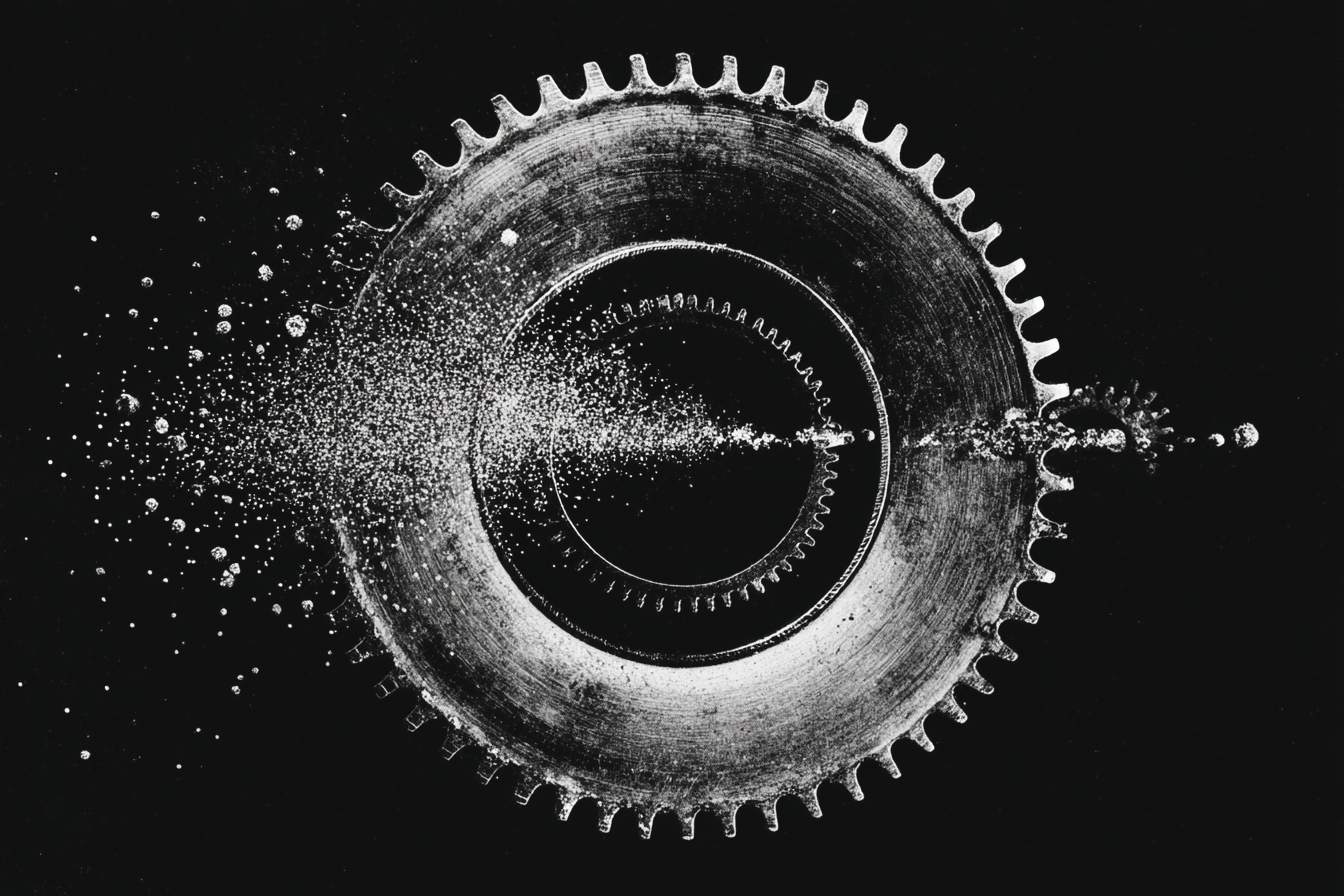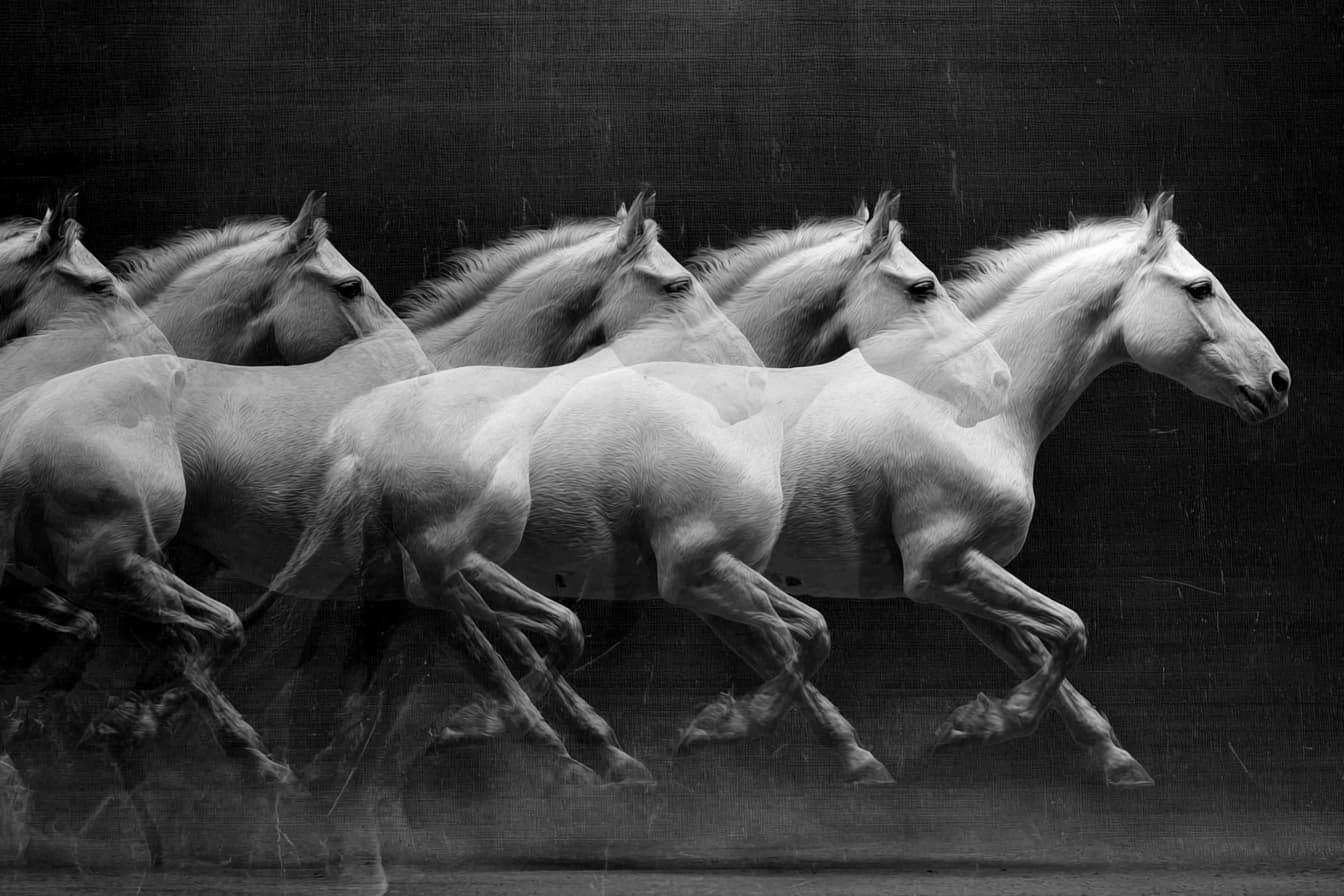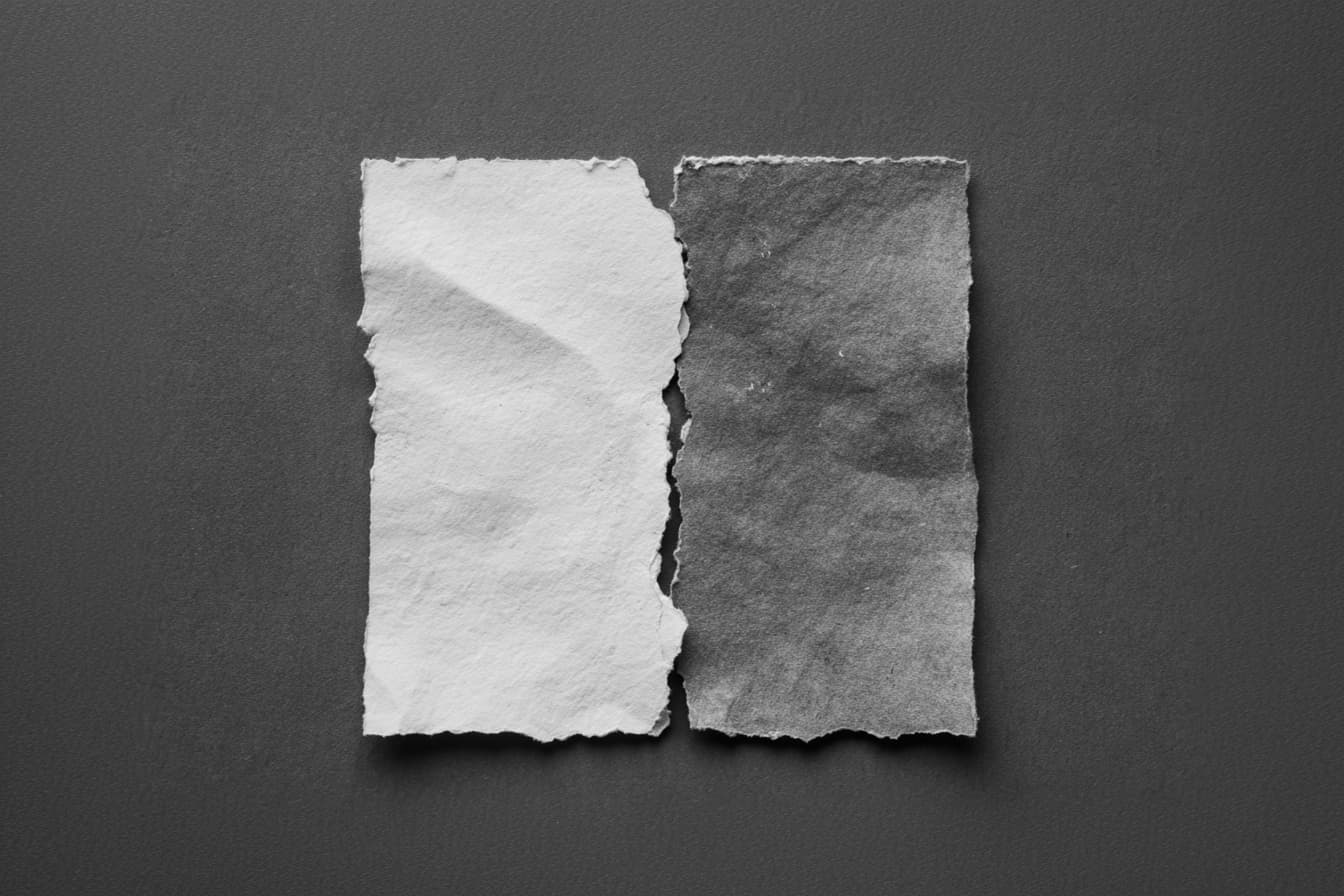Other Halves
There are three ways to cut something in half: front and back, top and bottom, left and right.
Front and Back
My wrists have been aching. The pain is nothing to be concerned about, only my body occasionally barking at me for years of misuse. Things have improved since taking the usual precautions: slowing down, working less, stretching, taking breaks. I also threw money at pain and bought an ergonomic keyboard and ditched the Apple mouse that gives me claw hand. And, perhaps most importantly, I set up reminders for myself to assume better posture in my chair.
Out of all of these measures, posture is the most pure and difficult challenge. There is no outside influence to help or blame; it boils down to mindfulness and strength.
Here is a four minute video showing a few stretches that help to strengthen your back and correct your posture. Time at the computer forces you to scrunch forward, tuck your shoulders, and fold your back. Extending those contracted muscles helps dramatically. Strengthening them is even better, because the back-half of your muscles balances out the front half. They can pull you upright.
Go do that stretch, because you are a shaky column on two feet. Bipedals need all the help they can get.
Top and Bottom
In my self-improvement frenzy, I installed some software on my laptop to track how much time I spend in each app. There weren’t any surprises in the break down: a ton of time in Photoshop, Sketch, Mail, and Chrome. What really got me was the total hour count: on average about ten hours a day in front of a computer. That’s more than I sleep. Yikes.
Knowledge work has its name for a reason: the challenges naturally swing towards the cerebral, and doubly so if you work in design for digital products. You spend hours and hours considering ways to think about what is ultimately an immaterial thing. And who’s to know if it’s done or right?
Writing is a lot like that, too. So, on average, most of my waking hours are spent wrestling with ghosts. This is a recipe for crazy. I felt a bit less so after discovering this quote from a former doctorate student on the MetaFilter boards (emphasis mine):
The world of a regular day job, even in jobs I didn’t particularly like, had the strong advantage of providing structure and somewhat clearly defined projects and regular interaction with other people in the same department. It was so, so much better than amorphous chunks of time in relative isolation in which to chip away at endless work that I didn’t know how to define or limit and was never good enough. They are such different environments and I used to think that because I was a miserable wreck in one, the other had to be even worse—when in fact it was the opposite. Even when I did get handed occasional confounding/unreasonable projects at work that I hated, I got by, because at least it wasn’t all day every day and nothing to look forward to but more of them.
My work is all eyes and brain. Very top-loaded.
I turned it all over in my head and uninstalled the app.
Left and Right
What about the more primal, sensual senses? Smell, taste, touch–where did they go? What about my poor right brain?
So, I’m back to cooking. Like working the back to fix the front, making dinner for myself engages the opposite senses as my work. The smell of basil, the feel of sticking your hand in a pot full of cooked pasta, and chopping—so much chopping. Ordering take-out has denied me the pleasure of wielding a large knife at the end of a frustrating day.
I’m convinced that New York’s 20-something professionals live exclusively on take-out ordered through Seamless. There’s nothing wrong with this, but in my particular case, the convenience of having someone else make and bring my food to my table has stripped out my best opportunity to use all five senses through out the day. (There’s my will failing again, I guess.) This is a problem of privilege, but it is still a problem to address.
Optimistically speaking, I save an hour, and that hour is thrown into a dark pit. I don’t know where it goes. More work? Time at the computer to scrunch my shoulders? By enjoying my work, had I convenienced myself into monotony and distortion?
And what of this software I use to create convenience by paying other people to do things for me for ever less money—do these tools actually create convenience and opportunity for everybody, or do they actually consolidate the inconvenience for a less vocal and privileged group? And if true, is this the way it has always worked? And if so, what do I do about my privilege that has perhaps made me the last person in the world to realize this situation? I turned it all over in my head and uninstalled a few apps.
And now I’m looking at my shortcuts with a side eye as they come along. If I save this time, what’s left? And if I know the cost, how could it be right?







